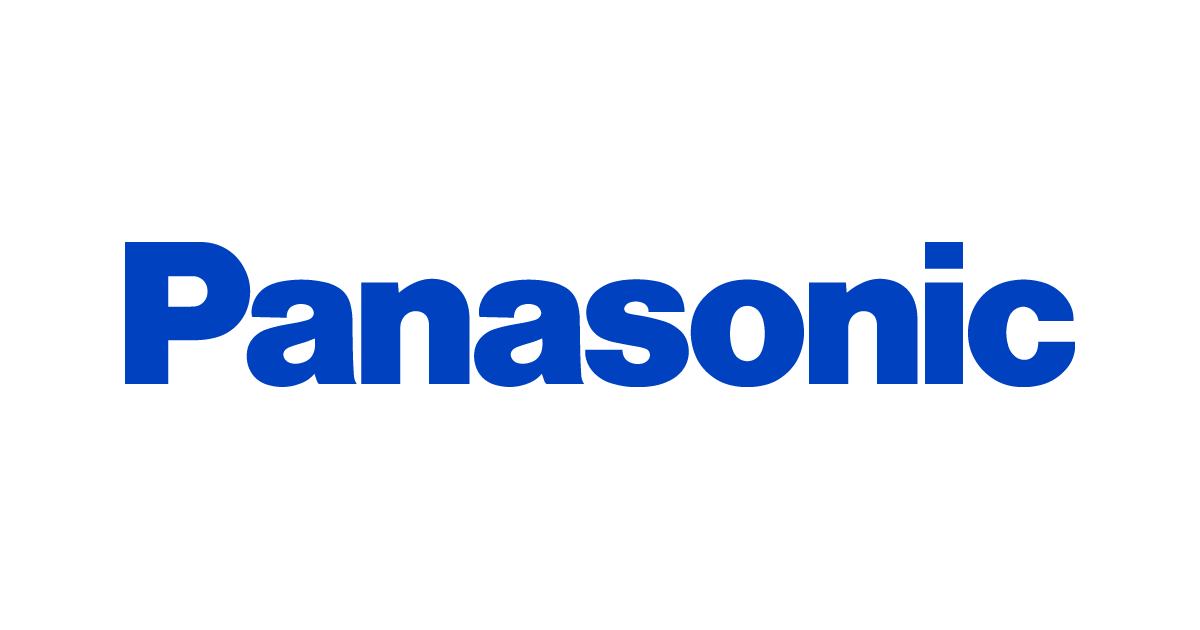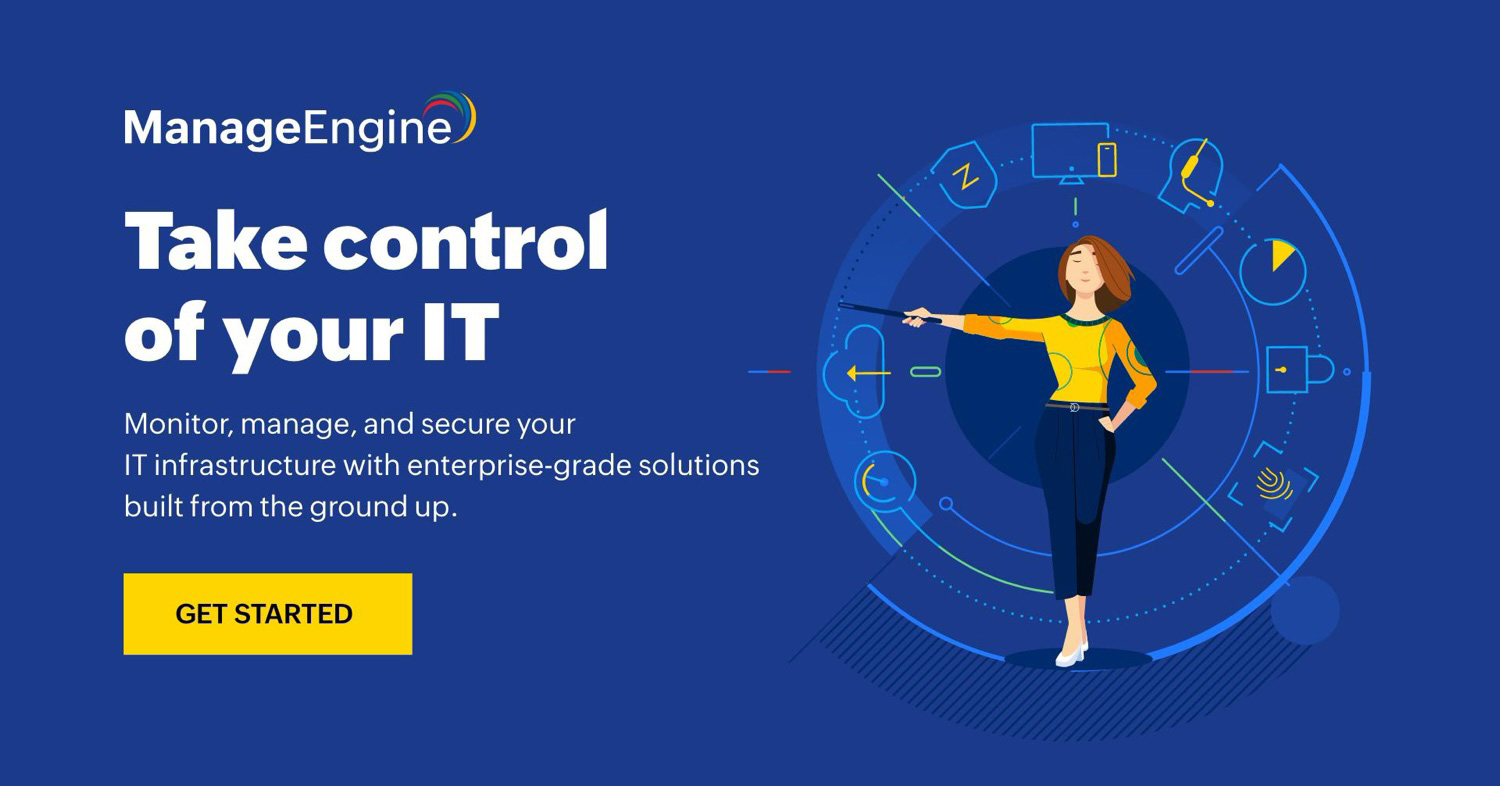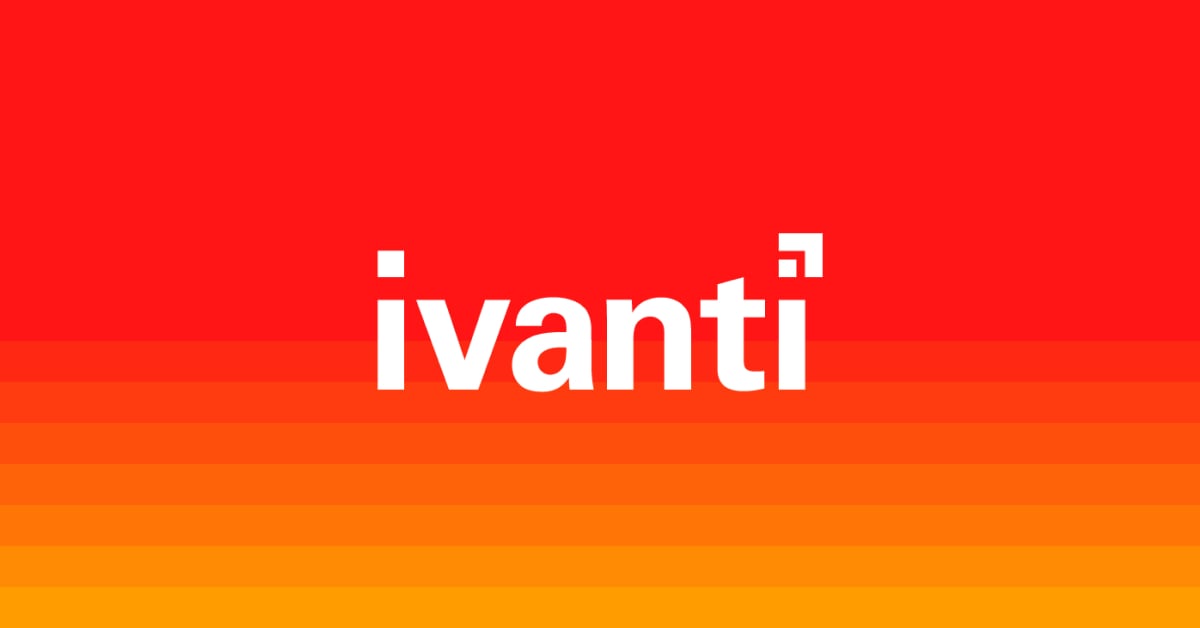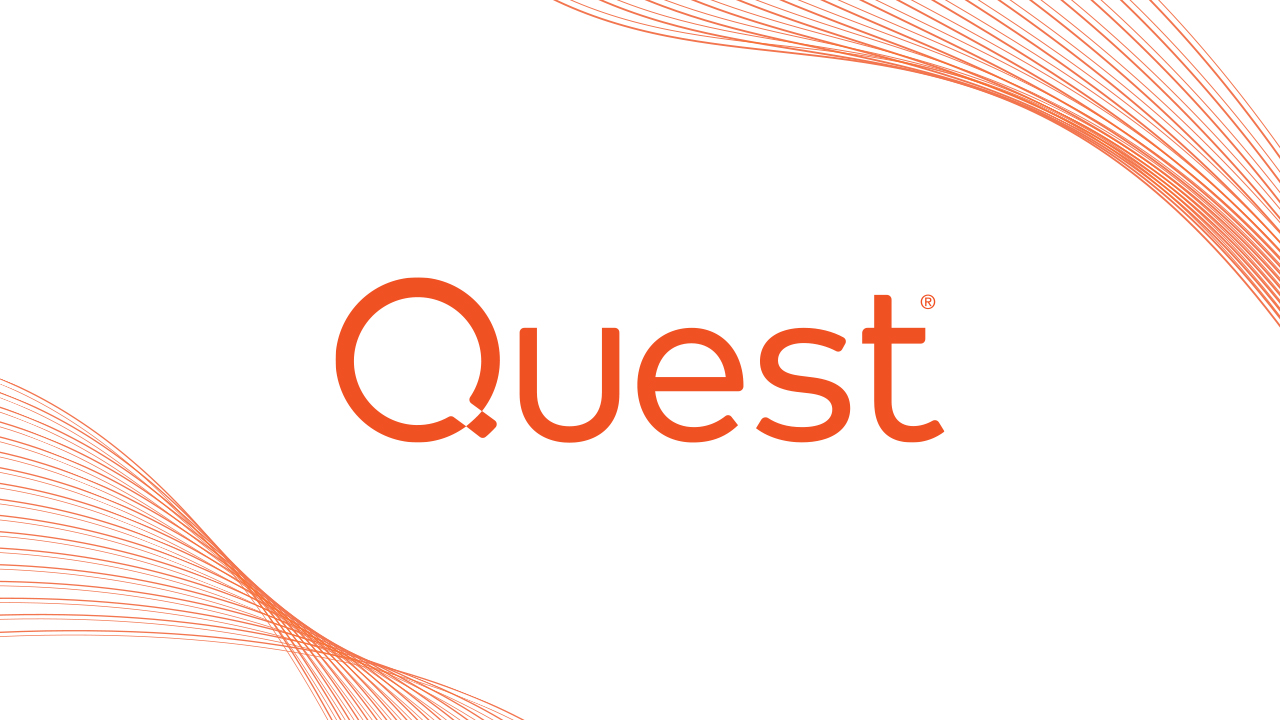Introduction
As more organizations embrace flexible work models and employees demand secure access to applications and data from any device, unified endpoint management (UEM) solutions have become essential for maintaining control and compliance. However, with so many options in the market, it can be challenging to identify the right UEM provider. This comprehensive guide analyzes and compares the leading solutions based on features, pricing, customer reviews and other evaluation metrics to help you make an informed decision.
Methods of Evaluation
To rank the top UEM software providers, we evaluated each solution based on key criteria like mobile device management and desktop management capabilities, security features, manageability and scalability. In addition to consulting reviews on third-party sites, we also analyzed metrics like number of backlinks, organic traffic and keyword search trends on Google over the last five years to gauge the market presence, mindshare and popularity of each vendor.
1. IBM MaaS360
IBM MaaS360 is a unified endpoint management (UEM) solution developed by IBM. It offers comprehensive capabilities for securing, managing and protecting mobile devices, laptops and desktops. With MaaS360, organizations can take control of their entire app and device landscape while providing a secure digital workspace for their employees.
Pros: Some key advantages of IBM MaaS360 include:
– Robust enterprise mobility management capabilities
– Strong application and content management features
– Customizable policy engine for granular access control
– Integration with IBM Security offerings for advanced threats protection
Cons: One potential disadvantage is that the solution may have a relatively higher total cost of ownership compared to some other UEM options due to IBM’s enterprise-grade features and support.
Pricing: IBM MaaS360 pricing is customized based on the number of managed devices and desired functionality. Contact IBM sales representatives for a quote.
Some key statistics about MaaS360 include:
– Manages over 30 million endpoints globally
– Supported platforms include iOS, Android, Windows, macOS and Linux
– Over 10,000 customers worldwide across all major industries
2. VMware Workspace ONE
VMware Workspace ONE is a unified endpoint management (UEM) software developed by VMware. As a leading vendor in virtualization and cloud computing, VMware brings over 25 years of experience managing complex IT environments to its UEM offering. Workspace ONE provides comprehensive tools to centrally manage, secure, and optimize all types of digital endpoints across mobile, desktop, Internet of Things (IoT) devices and beyond.
Pros: Some key advantages of VMware Workspace ONE include:
– Leading UEM platform for both mobile and desktop operating systems
– Integrates identity and access management with digital workspace features
– Strong Windows 10 and application virtualization support
– Tight integration with VMware’s virtualization platform and other products
Cons: One potential disadvantage is the higher cost compared to some competitor solutions due to VMware’s premium brand and features.
Pricing: Pricing for Workspace ONE varies based on the edition, number of managed devices, and subscription term. Annual subscription pricing generally starts around $36 per user.
Some key stats about VMware Workspace ONE include:
– Manages over 25 million devices globally
– Used by over 30,000 customers worldwide
– Integrates with over 150 third-party applications
– Available as either an on-premises or cloud-based SaaS solution
3. Symantec Endpoint Protection
Symantec Endpoint Protection, formerly known as Symantec Endpoint Protection, is a unified endpoint management and security software developed by Symantec, a Broadcom company. It provides comprehensive protection, management and control of endpoints including desktops, laptops, smartphones and tablets. With over 25 years of experience in endpoint security, Symantec Endpoint Protection protects over 50 million endpoints worldwide.
Pros: Some key advantages of Symantec Endpoint Protection include:
– Comprehensive endpoint protection platform with antivirus, endpoint detection and response, application control and more
– Robust unified endpoint management capabilities including mobile device management, patch management and application virtualization
– Single console to manage endpoints, mobile devices, applications and patches
– Regular updates and new features to protect against the latest threats
Cons: One potential disadvantage is that as one of the earliest and largest vendors in endpoint security, the product interface may feel dated or cluttered to some users compared to newer, niche UEM vendors
Pricing: Pricing for Symantec Endpoint Protection varies based on the number of endpoints to be managed and desired feature set. Contact Symantec sales for an exact quote.
Some key stats about Symantec Endpoint Protection include:
– Protects over 50 million endpoints globally
– One of the largest installed bases for endpoint protection worldwide
– Over 25 years of experience in endpoint security
– Integrates industry-leading security solutions from Symantec’s portfolio
4. Panasonic TOUGHBOOK CF-33 Rugged Tablet
The Panasonic TOUGHBOOK CF-33 is a fully rugged Android tablet designed for mobile professionals working in demanding field environments. With its rugged and durable design certified to MIL-STD-810G standards, the CF-33 can withstand drops, vibration, extreme temperatures, rain, dust and more. Its 10.1” outdoor readable display allows users to easily view information even in direct sunlight.
Pros: Key advantages of the Panasonic CF-33 rugged tablet include:
– Dedicated device tailored for field mobility
– MIL-STD-810 certified rugged design to withstand drops, vibration, extreme temperatures and more
– Long battery life allowing for all-day operation without recharging
Cons: Potential disadvantages include:
– Higher price point compared to consumer-grade tablets
– Heavier and bulkier form factor versus lightweight consumer tablets
Pricing: Pricing for the Panasonic CF-33 starts at $1,299 MSRP, though volume discounts are available for enterprise and government customers. Its rugged design and long support life typically make it cost effective for organizations with field-based workforces.
Key specs and features of the Panasonic CF-33 include:
– 10.1” outdoor viewable touchscreen LCD
– Quad-core Snapdragon 660 processor
– 4GB RAM, 64GB storage
– MIL-STD-810G certified rugged design
– IP65 rated dust and water resistant
– Replaceable battery providing up to 15 hours of use
5. Sophos Endpoint Security and Control
Sophos Endpoint Security and Control is an endpoint protection and unified endpoint management (UEM) solution from Sophos. It protects endpoints from the latest cyberthreats with anti-malware, firewall, encryption and more. The solution can be managed via Sophos Central, Sophos’ cloud-based management platform.
Pros: Key advantages of Sophos Endpoint Security and Control include: – Comprehensive endpoint protection platform with UEM capabilities for device management, compliance, and data protection. – Tight integration with Sophos Central provides centralized cloud-based management and reporting. – Specialized capabilities tailored for the education sector including classroom management features and compatibility with student devices.
Cons: One potential disadvantage is that the solution is primarily targeted towards small to mid-sized businesses rather than very large enterprises. Some larger organizations may require additional customizable enterprise-grade features not found in the standard product.
Pricing: Sophos Endpoint Security and Control pricing starts at $49.95 per year for each Windows, Mac, or Linux endpoint. Licensing is based on the number of protected devices. Sophos Central management is included at no additional cost. Pricing can vary based on the number of seats required and support/upgrades selected.
Some key stats about Sophos Endpoint Security and Control include: – Protects over 100,000 organizations globally from known and never-before-seen threats. – Sophos labs block over 6,000 cyberattacks per minute. – Sophos Endpoint Security and Control integrates with Sophos Central for centralized management and reporting.
6. Avast Business Hub
Avast Business Hub is an unified endpoint management (UEM) software developed by Avast, a Czech cybersecurity company. Avast Business Hub provides comprehensive device management, security and compliance capabilities for small and medium-sized businesses (SMBs).
Pros: Some key advantages of Avast Business Hub include:
– Device isolation and protection capabilities to secure devices on and off the corporate network
– Affordable tailored plans for SMBs with up to 500 devices
– Strong antivirus pedigree with over 30 years of experience in cybersecurity
Cons: A potential disadvantage is that the endpoint management capabilities are not as robust as other dedicated UEM solutions, though sufficient for most SMB needs.
Pricing: Avast Business Hub pricing starts from $2.50 per user/month for the Essentials plan (up to 50 devices) and goes up to $4.50 per user/month for the Plus plan (up to 500 devices).
Some key stats about Avast Business Hub include:
– Manages over 300,000 endpoints globally
– Backed by Avast’s network of over 435 million users
– 99.8% detection of malware, ransomware and phishing attacks
7. BlackBerry UEM
BlackBerry UEM, formerly known as BlackBerry Enterprise Mobility Suite, is BlackBerry’s unified endpoint management software. As a unified endpoint management solution, BlackBerry UEM allows IT teams to secure, manage and support any endpoint including smartphones, tablets, laptops and desktops. The software provides a single console to enroll, monitor, update and protect all enterprise mobile devices and endpoints regardless of operating system.
Pros: Some key advantages of BlackBerry UEM include:
– Deep integration with BlackBerry security technologies like BlackBerry Protect
– Specialized capabilities for regulated industries like healthcare and government
– Strong capabilities for deployed private apps on iOS and Android
– Comprehensive device, app and content management features
Cons: One potential disadvantage is that BlackBerry UEM is more expensive than some other UEM solutions on the market due to its additional security and industry-specific capabilities.
Pricing: BlackBerry UEM pricing is based on the number of managed devices. It has both perpetual licensing and subscription options. Contact BlackBerry sales for an exact quote customized to your business needs.
Some key stats about BlackBerry UEM include:
– Manages over 500 million endpoints globally
– Used by over 30,000 commercial and government customers worldwide
– Supports all major mobile platforms including iOS, Android, macOS and Windows
– Integrates with over 150 third-party systems like Salesforce, ServiceNow and NetSuite
8. Micro Focus Service Manager
Micro Focus Service Manager is a comprehensive IT service management (ITSM) solution that also provides unified endpoint management (UEM) capabilities. Originally launched in the 1990s, Service Manager has evolved into a fully integrated platform for IT operations management. With capabilities for incident and problem management, change control, service catalog, and more, Service Manager gives IT departments a single pane of glass for managing all aspects of service delivery.
Pros: Some key advantages of Micro Focus Service Manager include: 1) Comprehensive ITSM solution with built-in UEM capabilities, avoiding the need for separate point products. 2) Endpoint management is tightly integrated within the core platform rather than bolted on, ensuring a seamless experience. 3) Backed by Micro Focus’ large enterprise software heritage and expertise in mission critical environments.
Cons: A potential disadvantage is the up-front investment required, as Service Manager is an enterprise-grade solution best suited for large organizations with substantial IT operations.
Pricing: Pricing for Micro Focus Service Manager varies based on number of users, modules, services, customizations and other factors. It is usually licensed through an annual subscription model. Prospective customers can request a customized quote from Micro Focus sales representatives.
Some key stats about Micro Focus Service Manager include: used by over 6,000 enterprise customers worldwide in industries like finance, healthcare, manufacturing and more. Supports over 100,000 daily concurrent users. Integrates with over 500 third-party applications through its centralized extensibility model.
9. LogMeIn Central
LogMeIn Central is an unified endpoint management (UEM) software solution from LogMeIn that provides remote access, support, collaboration and device management capabilities. With over 3 million users, LogMeIn Central allows IT teams to easily manage, secure and support all endpoints including laptops, desktops, tablets and smartphones from anywhere.
Pros: Some key advantages of LogMeIn Central include:
– Remote access, support and collaboration tools built-in
– Comprehensive device management capabilities for all endpoints
– Application, patch and update management from a single console
– Integrated antivirus for endpoint security
– Remote device control and remote assistance capabilities
Cons: One potential disadvantage is that the pricing can be higher compared to some other UEM providers for larger deployments with many endpoints.
Pricing: LogMeIn Central pricing starts at $49 per user per year for the basic Remote Support plan. Other plans like Central Management and Central Complete range from $69 to $89 per user annually depending on the features required.
Some key stats about LogMeIn Central include:
– Supports over 20 platforms including Windows, macOS, Linux, iOS and Android
– Remotely support over 3 million users worldwide
– Integrated antivirus powered by Bitdefender
– Centrally deploy applications, patches and updates
10. ManageEngine Mobile Device Manager
ManageEngine Mobile Device Manager is a unified endpoint management (UEM) software from ManageEngine. It is a comprehensive yet affordable solution for centrally managing mobile devices, desktops and laptops from a single console. Mobile Device Manager allows organisations to securely manage, monitor and protect their endpoints be it smartphones, tablets or PCs running on iOS, Android, Windows or macOS.
Pros: Some key advantages of ManageEngine Mobile Device Manager include: – Comprehensive yet affordable UEM solution for cross-platform device and application management. – Supports all major mobile platforms like iOS, Android, Windows and macOS. – Additional modules available for managing apps and distributing content.
Cons: One potential disadvantage could be that certain advanced capabilities like containerization and device-level encryption are only available in higher tier plans for bigger deployments.
Pricing: ManageEngine Mobile Device Manager offers flexible pricing starting from free editions for personal use and small teams up to enterprise editions priced based on the number of managed devices. It also offers annual subscriptions with support and upgrades included.
Some key stats about ManageEngine Mobile Device Manager: – Supports managing over 30,000 devices from a single console. – Compatible with iOS, Android, Windows and macOS devices and desktops. – Additional modules available for Application and Content Management.
11. Ivanti Endpoint Manager
Ivanti Endpoint Manager, formerly known as HEAT Software, is a unified endpoint management solution from Ivanti. It offers comprehensive endpoint management capabilities including device, application, patch and vulnerability management all from a single console. Ivanti Endpoint Manager helps simplify and automate endpoint lifecycle management tasks to improve security and productivity.
Pros: Some key advantages of Ivanti Endpoint Manager include: 1) Comprehensive endpoint management suite with device, app, patch and vulnerability management. 2) Strong IT service management heritage and capabilities built in. 3) Single console to manage the entire endpoint lifecycle from deployment to retirement.
Cons: A potential disadvantage is that as an all-in-one solution, some customers may prefer separate point solutions for certain functions like patching versus unified management.
Pricing: Ivanti Endpoint Manager pricing is based on the number of managed devices. There are affordable options for small businesses and scalable pricing for large enterprise deployments. Contact Ivanti sales for a custom quote.
Some key stats about Ivanti Endpoint Manager include: manages over 15 million endpoints globally, deployed in over 100 countries, over 25 years of expertise in IT management, and recognized as a leader in the Gartner Magic Quadrant for Unified Endpoint Management Tools.
12. Bomgar BeyondTrust
Bomgar BeyondTrust is a leading provider of unified endpoint management (UEM) software. Founded in 1999 and based in Atlanta, Georgia, BeyondTrust helps over 4,800 customers secure and support remote access to their devices and applications. The company’s flagship UEM solution, Bomgar BeyondTrust, provides secure remote access and control capabilities for any device or system.
Pros: Key advantages of Bomgar BeyondTrust UEM software include: Specialized in secure remote access and support. Tight integration with devices and operating systems enables full remote control capabilities. Large expertise in highly regulated sectors like financial services where security and compliance are critical. Intuitive agent interface makes assistances easy to provide remotely. Flexible licensing and pricing models for organizations of all sizes.
Cons: A potential disadvantage is that the software is focused primarily on remote access and device management capabilities over other UEM features like device configuration and application deployment. It may not be as full-featured for some larger UEM deployments.
Pricing: Bomgar BeyondTrust pricing is based on the number of devices under management. Starts at $35 per managed device for the Remote Support Plus package and goes up to $60 per device for the highest tier Remote Support Elite package which includes additional features like delegated admin, session recording and customizable branding.
Some key stats about Bomgar BeyondTrust include: Over 4,800 customers worldwide in industries like financial services, healthcare, retail and more. Supports remote access and control for over 50 OS platforms including Windows, macOS, Linux, iOS and Android. Provides out-of-band access to systems even when networks are down. Supports over 20 languages for agents and end users. Has been recognized as a Leader in the 2021 Gartner Magic Quadrant for Privileged Access Management for the 8th year in a row.
13. Varonis DatAdvantage
Varonis DatAdvantage is a unified endpoint management (UEM) software solution from Varonis, a pioneer in data security and analytics. As a data-centric UEM module integrated within the Varonis Data Protection Platform, DatAdvantage provides context-aware security policies and monitoring of data access across endpoints.
Pros: The main advantages of Varonis DatAdvantage include:
– Data-centric UEM module integrated with data protection platform
– Enforces context-aware security policies on data access
– Specialized monitoring of sensitive data exfiltration
Cons: One potential disadvantage is that as part of a broader data security platform, DatAdvantage may be overkill for some purely needing basic UEM functionality.
Pricing: Varonis DatAdvantage pricing is based on the number of protected users and servers. Contact Varonis sales for an exact quote.
Some key facts about Varonis DatAdvantage include:
– Protects data for over 7,500 customers worldwide across all major industries
– Monitors billions of files across endpoints daily
– Enforces customized policies and controls on over 100 million active directory objects
14. Quest KACE
Quest KACE is a comprehensive unified endpoint management (UEM) solution developed by Quest Software. With over 20 years of experience in IT systems management, Quest KACE provides enterprises with a single platform to manage, secure and optimize all IT assets from traditional PCs and laptops to virtual desktops and mobile devices.
Pros: Some key advantages of Quest KACE include:
– Comprehensive systems and endpoint management platform
– Robust UEM capabilities tightly integrated into package
– Specialized deployment options for education and retail environments
– Single agentless deployment option for virtual desktops and servers
Cons: One potential disadvantage is that the platform requires an ongoing subscription fee versus a one-time perpetual license owned by the customer.
Pricing: Quest KACE pricing starts from $5 per endpoint per month for basic device management capabilities. Additional modular options are available for application management, patch management, hardware/software inventory etc. Custom pricing is available based on the number of devices, users, and specific needs of an organization.
Some key stats about Quest KACE include:
– Manages over 50,000 devices globally
– Used by over 5,000 enterprise customers worldwide
– Supports over 2,500 applications and patches out of the box
– 99.999% up-time SLA for mission critical environments
15. Jamf
Jamf is an Apple-focused unified endpoint management solution that helps organizations deploy, manage and protect Apple devices. Founded in 2002, Jamf has become the leading Apple management solution provider, especially for the education sector. With Jamf, IT admins can remotely enroll, configure and manage Macs, iPads, iPhones, Apple TVs and Apple Watches from a single console.
Pros: Key advantages of Jamf include: Comprehensive management and security capabilities for all major Apple platforms, tight third-party integration with hundreds of popular education and business apps, long-standing leadership in Apple device management especially for the education sector.
Cons: The main potential disadvantage is that Jamf is primarily focused on Apple devices only, so organizations with a mix of Windows and Android endpoints may need additional solutions for complete management coverage.
Pricing: Jamf offers flexible pricing models including perpetual and subscription licenses. Pricing is based on the number of managed devices. For education customers, Jamf offers deeply discounted pricing and tools tailored for schools and universities.
Some key stats about Jamf include: Manages over 21 million devices worldwide, over 35,000 customers globally including 70% of the Fortune 500, named a Leader in the 2022 Gartner Magic Quadrant for Unified Endpoint Management Tools.
Conclusion
While all the solutions covered in this blog post are excellent options for unified endpoint management, some stand out better than others based on criteria like capabilities, customer reviews, pricing and market leadership. IBM MaaS360, VMware Workspace ONE and Symantec Endpoint Protection topped our analysis and would be great fits for large enterprises, whereas Sophos, Avast and ManageEngine are better suited for mid-sized businesses. We hope this guide helps you evaluate your requirements to choose the right UEM partner for your unique needs and environment.















